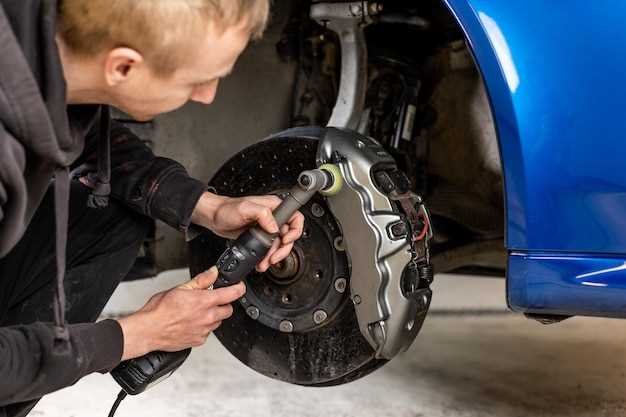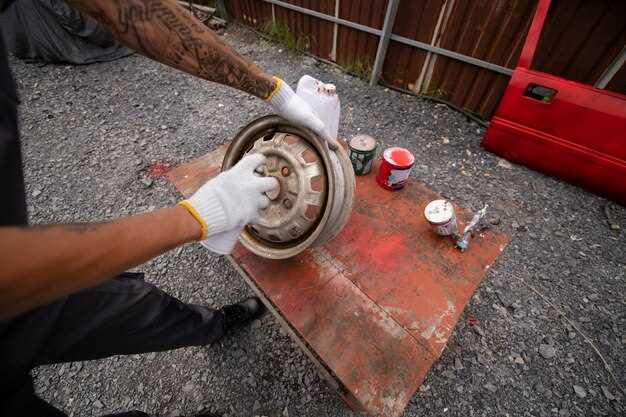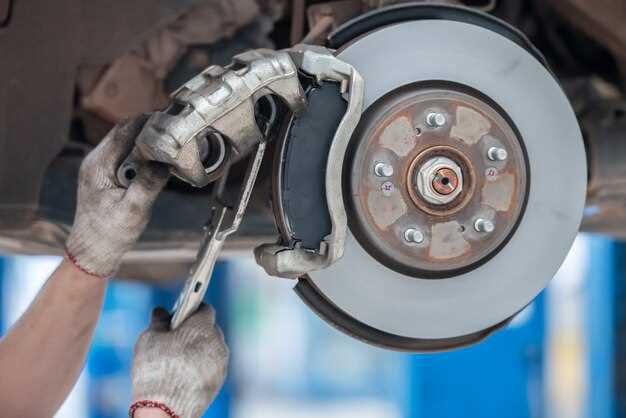
Your vehicle’s braking system is one of the most critical components for ensuring safety on the road. The effectiveness of this system largely depends on the condition of the pads and rotors. Over time, these parts wear down due to constant friction and heat generated during braking. Recognizing the signs that indicate it’s time to replace them is essential for maintaining optimal performance and preventing potential accidents.
Ignoring warning signs can lead to decreased braking efficiency and could result in further damage to your system, including the risk of requiring more extensive repairs. Common indicators such as squeaking or grinding noises, vibrations during braking, or a warning light on your dashboard should never be overlooked. Each of these symptoms can signal that the pads and rotors are nearing the end of their lifespan and should be inspected or replaced promptly.
In this article, we will explore the key signs that suggest it may be time to replace your brake pads and rotors. Understanding these signs not only helps you maintain your vehicle but also ensures a safer driving experience for you and those around you.
Identifying Unusual Noises When Braking

One of the primary indicators that your brake system may require attention is the presence of unusual noises while braking. Listening to your vehicle can be crucial, as specific sounds can signal different issues with the brake components, including brake pads or rotors.
If you hear a squeaking or squealing noise when applying the brakes, it often indicates that your brake pads are worn down and may need replacement. Many brake pads are equipped with wear indicators that produce this sound as a warning. Ignoring this warning can lead to more severe damage to the braking system.
A grinding noise is another concerning sound that should not be overlooked. This typically occurs when the brake pads are severely worn, causing the metal backing plate to rub against the brake rotor. Continuous grinding can lead to rotor damage, increasing repair costs and compromising safety.
Additionally, if you notice a rhythmic thumping or pulsating sound while braking, it may suggest that the brake rotors are warped. Warped rotors can lead to uneven contact with the brake pads, resulting in reduced braking efficiency and further wear on components.
Finally, popping or clicking noises could indicate loose components within the brake system or debris lodged between the brake pad and rotor. Such sounds often require immediate inspection to ensure that the braking system operates safely and effectively.
In conclusion, being attuned to unusual noises during braking can help identify when it’s time to replace brake pads and rotors. Regular maintenance and prompt attention to these sounds can enhance vehicle safety and performance.
Monitoring Brake Response and Stopping Distance
Effective brake response is crucial for safe driving. It is essential to regularly evaluate your braking system to ensure that both the brake pads and rotors are functioning optimally. A noticeable change in brake response may indicate wear and requires immediate attention.
Brake pads play a vital role in the efficacy of the braking system. Worn or degraded pads can significantly impact the distance your vehicle requires to come to a complete stop. If you notice that your brakes feel less responsive than usual or if you need to press the pedal harder to achieve the same stopping power, it may be time to inspect the brake pads and rotors.
The relationship between brake response and stopping distance is critical; as the condition of the brake pads deteriorates, the distance it takes to stop increases. Regular monitoring can help detect issues before they become serious. It’s crucial to listen for any unusual sounds, such as squeaking or grinding, which often signal that the pads are nearing the end of their lifespan.
Understanding the performance of your brakes can prevent unsafe situations on the road. Make it a habit to evaluate how your car responds when you engage the brakes. If there’s any hesitation or a decrease in effectiveness, it’s advisable to have the entire braking system inspected, ensuring both the pads and rotors are in optimal condition.
Checking for Visual Signs of Brake Wear

Regular inspection of your vehicle’s brake system is crucial for ensuring optimal safety and performance. One of the most effective ways to monitor your brakes is by checking for visual signs of wear on the brake pads and rotors.
Examine Brake Pads: Start by inspecting the thickness of the brake pads. Most pads have a wear indicator, which is a small groove that runs along their surface. If the groove is no longer visible, it is a strong indication that the pads need replacing. Additionally, look for any uneven wear patterns; if one side is more worn than the other, it may suggest issues with the brake caliper or alignment.
Inspect Brake Rotors: Next, check the brake rotors for any signs of damage or wear. Look for deep grooves, scoring, or discoloration, which can indicate overheating. Minor imperfections can often be machined away, but if the surface feels uneven or excessively worn, it’s time to consider replacement.
Listen for Unusual Noises: While this is not a visual aspect, accompanying any visual inspections with auditory checks is wise. Squealing or grinding noises can indicate that the brake pads are worn down and metal is contacting metal, which can lead to rotor damage.
Check for Brake Dust: A significant buildup of brake dust on your wheels can also signal excessive wear. Over time, worn brake pads tend to generate more dust, indicating that they may be nearing the end of their lifespan.
Regularly checking for these visual signs of brake wear will help ensure the longevity of your braking system and enhance your vehicle’s overall safety.




